Home>Gardening & Outdoor>Landscaping Ideas>How Long To Water My Grass In The Summer
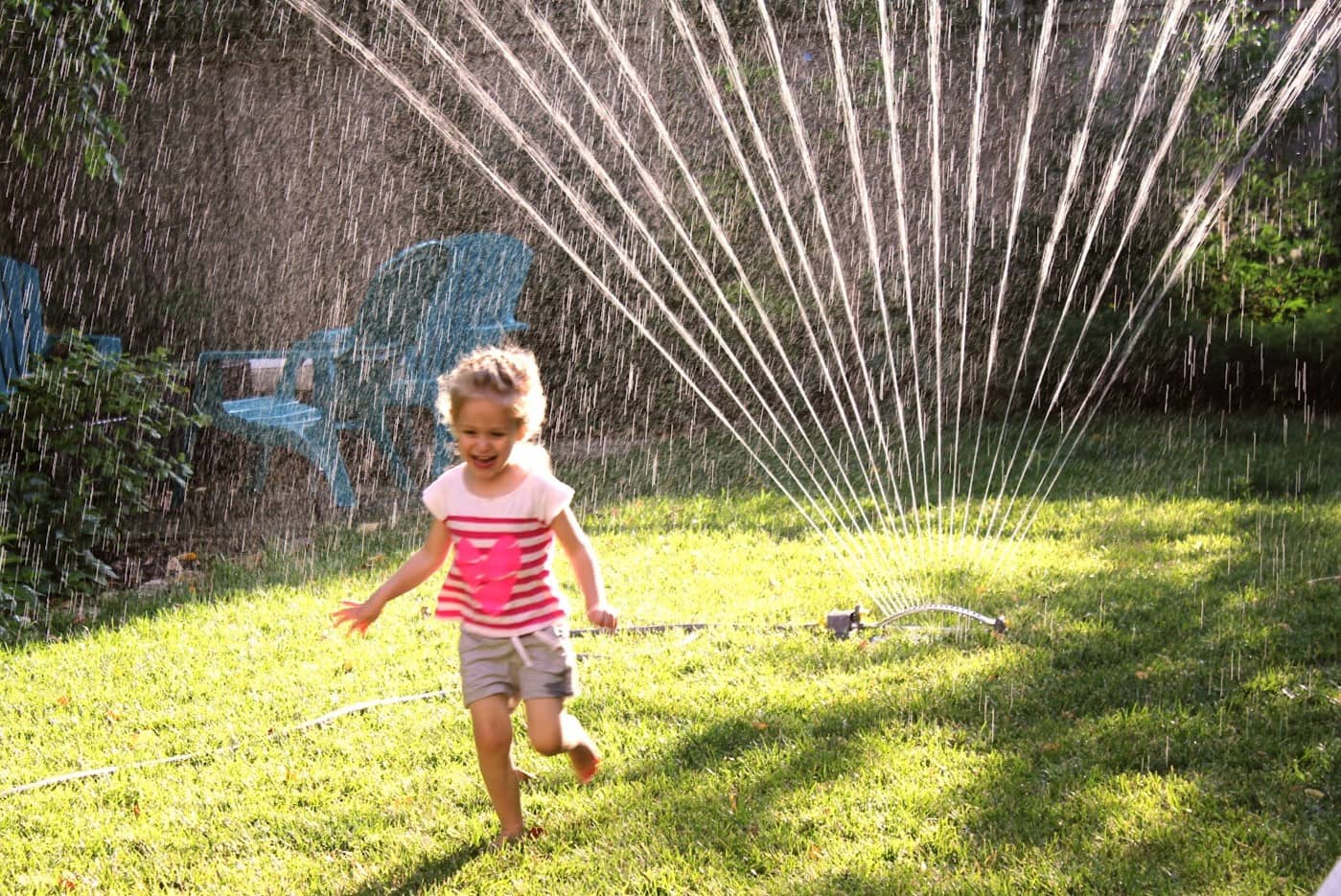

Landscaping Ideas
How Long To Water My Grass In The Summer
Modified: January 26, 2024
Discover expert landscaping ideas for watering your grass in the summer. Learn how long to water your lawn for a healthy, vibrant yard.
(Many of the links in this article redirect to a specific reviewed product. Your purchase of these products through affiliate links helps to generate commission for Storables.com, at no extra cost. Learn more)
Introduction
When the summer sun beats down, your lawn can quickly turn from a lush green oasis to a parched, brown landscape. Proper watering is essential to maintain a healthy and vibrant lawn during the summer months. However, determining the ideal duration for watering your grass in the summer can be a bit of a conundrum. Factors such as grass type, soil composition, weather conditions, and even the slope of your lawn all play a role in determining the optimal watering duration. In this article, we'll delve into the various factors that affect your lawn's watering needs, explore how to determine the ideal watering duration, discuss the best time to water, and highlight the telltale signs of overwatering or underwatering. By the end of this read, you'll be equipped with the knowledge and confidence to keep your lawn hydrated and healthy throughout the summer months.
Key Takeaways:
- Proper watering in summer is crucial for a healthy lawn. Factors like grass type, soil, and weather affect watering needs. Observing soil moisture, adjusting watering duration, and timing are key to maintaining a vibrant lawn.
- Watch for signs of overwatering and underwatering, such as wilting, fungal growth, and browning. Adjust watering practices based on grass response to ensure lush, resilient grass throughout the summer.
Read more: How Long To Water Grass In Arizona Summer
Factors Affecting Watering Needs
Several factors come into play when determining the watering needs of your lawn during the summer. Understanding these factors is crucial in ensuring that your grass receives the right amount of hydration to thrive. Here are the key factors to consider:
- Grass Type: Different types of grass have varying water requirements. For instance, cool-season grasses such as Kentucky bluegrass and fescue may need more frequent watering than warm-season varieties like Bermuda grass or zoysia.
- Soil Type and Composition: The soil in your lawn can significantly impact its watering needs. Sandy soil drains water more quickly and may require more frequent watering, while clay soil retains moisture for longer periods.
- Weather Conditions: High temperatures, intense sunlight, and low humidity levels can lead to increased evaporation, causing the soil to dry out more rapidly. Conversely, periods of heavy rain may reduce the need for supplemental watering.
- Slope and Drainage: The slope of your lawn and its drainage capabilities can affect water distribution. Lawns with slopes may experience water runoff, requiring adjustments in watering techniques to ensure even coverage.
- Establishment Stage: Newly seeded or sodded lawns have distinct watering requirements to promote root establishment. Once established, the watering regimen may need to be adjusted accordingly.
- Overall Health of the Lawn: A healthy, well-maintained lawn with adequate fertilization and aeration is better equipped to withstand periods of drought and may require less frequent watering.
By considering these factors, you can tailor your watering practices to meet the specific needs of your lawn, promoting optimal growth and resilience during the summer months.
Determining the Watering Duration
Establishing the ideal watering duration for your lawn involves a blend of observation, experimentation, and understanding the unique characteristics of your landscape. Here’s how to determine the optimal watering duration for your grass:
- Perform a Soil Moisture Test: Before setting a watering schedule, assess the moisture level in your soil. Use a screwdriver or soil probe to gauge the depth of moisture penetration. Ideally, the soil should be moist to a depth of 6 inches for most grass types.
- Consider Evaporation Rates: Factors such as temperature, sunlight exposure, and wind speed can influence the rate at which water evaporates from your lawn. In hot, arid conditions, more frequent watering or longer durations may be necessary to compensate for increased evaporation.
- Observe Runoff and Absorption: When watering, monitor how quickly the soil absorbs the water and whether runoff occurs. If runoff is evident, pause the watering to allow the soil to absorb the moisture before continuing. This prevents wastage and ensures effective hydration.
- Implement the Cycle-and-Soak Technique: Rather than applying all the water at once, consider dividing the total watering duration into multiple shorter cycles with intervals for absorption. This technique promotes deeper root growth and minimizes runoff.
- Adjust Based on Grass Response: Observe how your grass responds to the watering regimen. Signs of underwatering, such as wilting or browning, indicate the need for longer watering durations or increased frequency. Conversely, if overwatering symptoms like yellowing or fungal growth appear, reduce the watering duration.
By combining these methods and staying attuned to your lawn’s needs, you can fine-tune the watering duration to align with the specific conditions of your landscape, fostering healthy root development and overall lawn vitality.
Water your grass in the early morning for 15-30 minutes, 2-3 times a week in the summer. This allows the water to soak in before it evaporates in the heat of the day.
Best Time to Water
Timing plays a pivotal role in optimizing the effectiveness of your watering efforts. Choosing the right time to water your lawn can enhance absorption, reduce water loss through evaporation, and mitigate the risk of fungal diseases. Here are key considerations for determining the best time to water your grass during the summer:
- Early Morning: The early morning, typically between 4 a.m. and 10 a.m., is widely regarded as the optimal time to water your lawn. During these hours, temperatures are moderate, winds are calm, and sunlight is minimal, allowing the water to penetrate the soil effectively without rapid evaporation. Additionally, watering in the morning provides ample time for the grass blades to dry, reducing the likelihood of fungal growth.
- Avoid Midday Watering: Refrain from watering your lawn during the hottest part of the day, typically between 10 a.m. and 4 p.m. High temperatures and intense sunlight can lead to rapid evaporation, diminishing the effectiveness of watering and potentially causing stress to the grass.
- Evening Considerations: While watering in the evening may seem practical, it can pose challenges. Moist grass overnight can create a conducive environment for fungal diseases to thrive. If evening watering is necessary, aim to complete the task well before sunset to allow sufficient time for the grass to dry.
By adhering to these timing guidelines, you can maximize the efficiency of your watering routine, ensuring that your lawn receives the moisture it needs while minimizing water loss and the risk of detrimental fungal issues.
Signs of Overwatering or Underwatering
Recognizing the signs of overwatering and underwatering is crucial for maintaining the health and vitality of your lawn. By being attentive to these indicators, you can adjust your watering practices accordingly, preventing potential damage and promoting optimal growth. Here are the key signs to watch for:
- Overwatering Signs:
- Wilting and Yellowing: While it may seem counterintuitive, overwatered grass can exhibit signs of wilting and yellowing. This occurs as a result of oxygen deprivation in waterlogged soil, hindering the grass’s ability to absorb nutrients.
- Fungal Growth: Excessive moisture can create an environment conducive to fungal diseases, leading to the development of mold, mildew, or mushrooms in the lawn.
- Foul Odor: A musty or unpleasant odor emanating from the soil can indicate water saturation, signaling the need to reduce watering frequency.
- Underwatering Signs:
- Wilting and Browning: Insufficient water can cause the grass to wilt and turn brown, signaling distress and the need for increased hydration.
- Slow Recovery: When walked on or compressed, underwatered grass may take longer to rebound, lacking the resilience and vigor typically associated with well-hydrated turf.
- Thinning and Stunted Growth: Underwatered lawns may exhibit reduced growth and thinning, as the grass struggles to maintain its health and density in response to water scarcity.
By remaining vigilant for these telltale signs, you can promptly adjust your watering regimen to align with your lawn’s specific needs, fostering an environment conducive to lush, resilient grass.
Read more: How To Water Grass In Summer
Conclusion
Ensuring that your lawn receives the appropriate amount of water during the summer is vital for its health and vibrancy. By taking into account the various factors that influence watering needs, such as grass type, soil composition, and weather conditions, you can tailor your watering practices to suit your lawn’s specific requirements. Additionally, determining the ideal watering duration, observing the best times to water, and recognizing signs of overwatering or underwatering are essential components of effective lawn care.
As you navigate the process of watering your grass in the summer, remember that a balanced approach is key. Regularly assessing your lawn’s moisture levels, observing its response to watering, and making adjustments based on environmental factors are all integral to maintaining a thriving lawn.
By incorporating these insights into your lawn care routine, you can cultivate a lush, resilient, and visually stunning lawn that serves as a source of pride and enjoyment throughout the summer months and beyond.
Frequently Asked Questions about How Long To Water My Grass In The Summer
Was this page helpful?
At Storables.com, we guarantee accurate and reliable information. Our content, validated by Expert Board Contributors, is crafted following stringent Editorial Policies. We're committed to providing you with well-researched, expert-backed insights for all your informational needs.
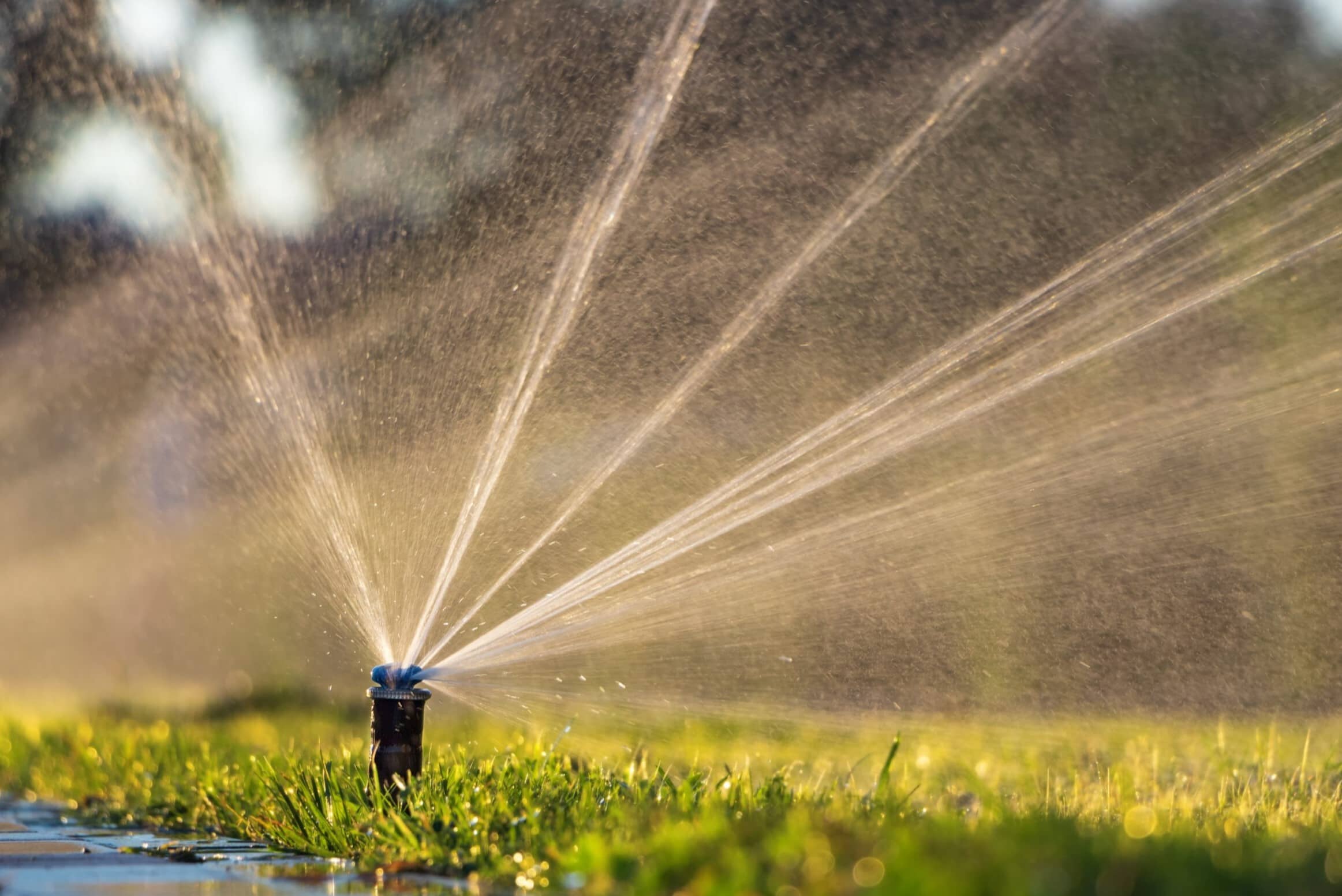
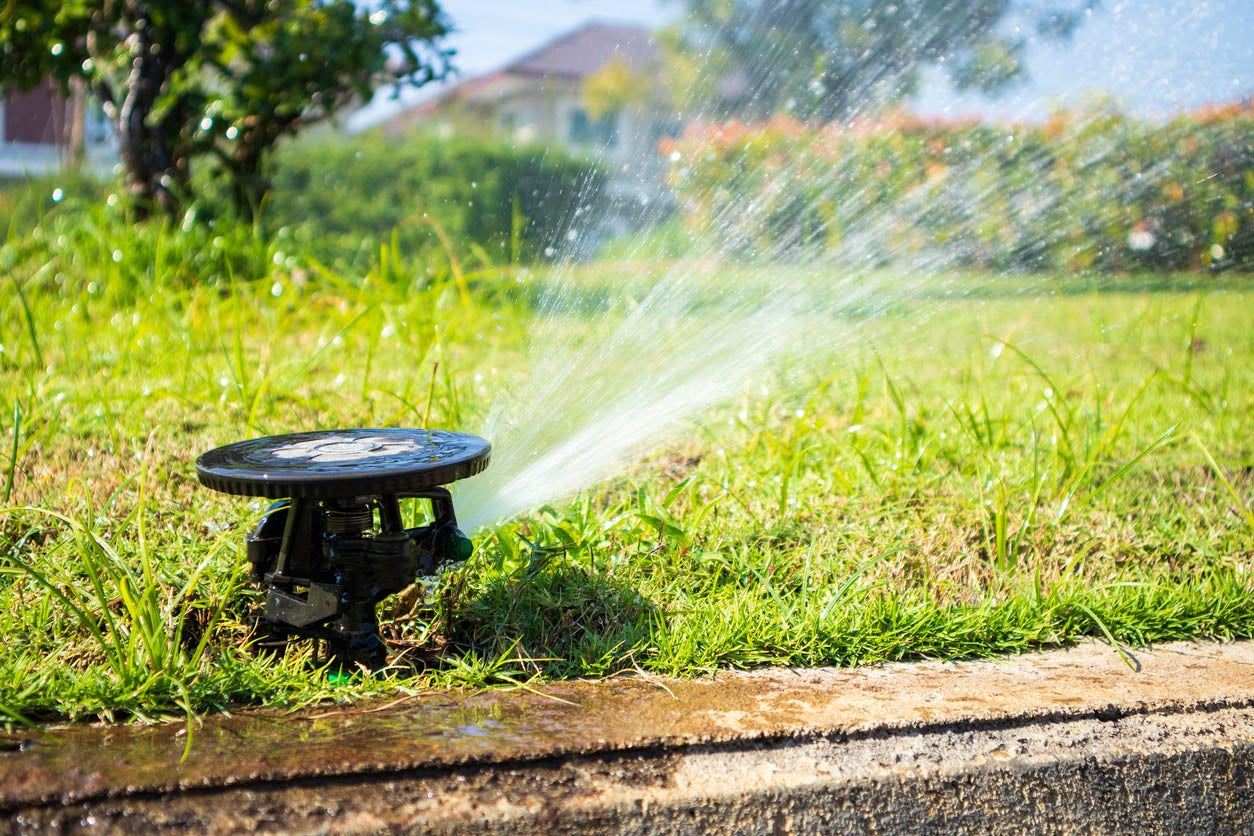
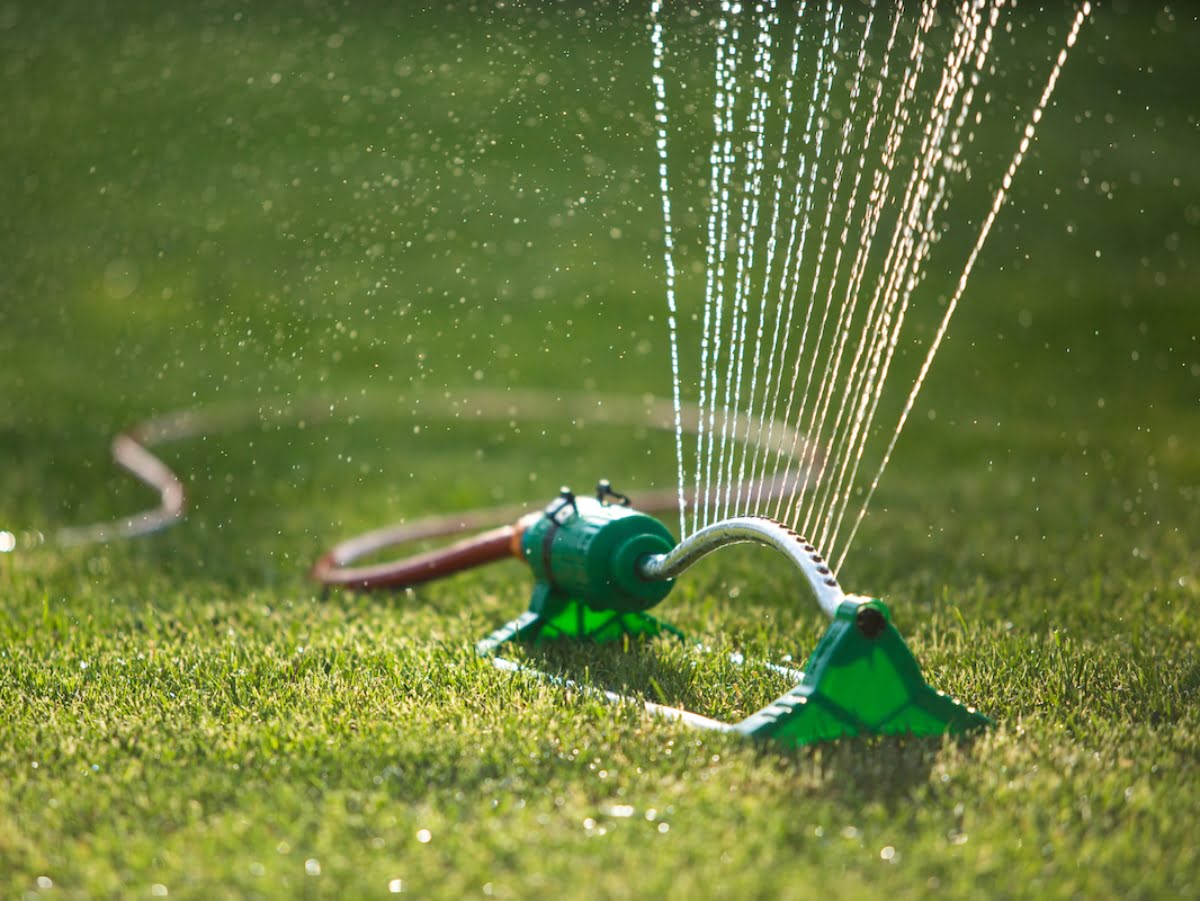
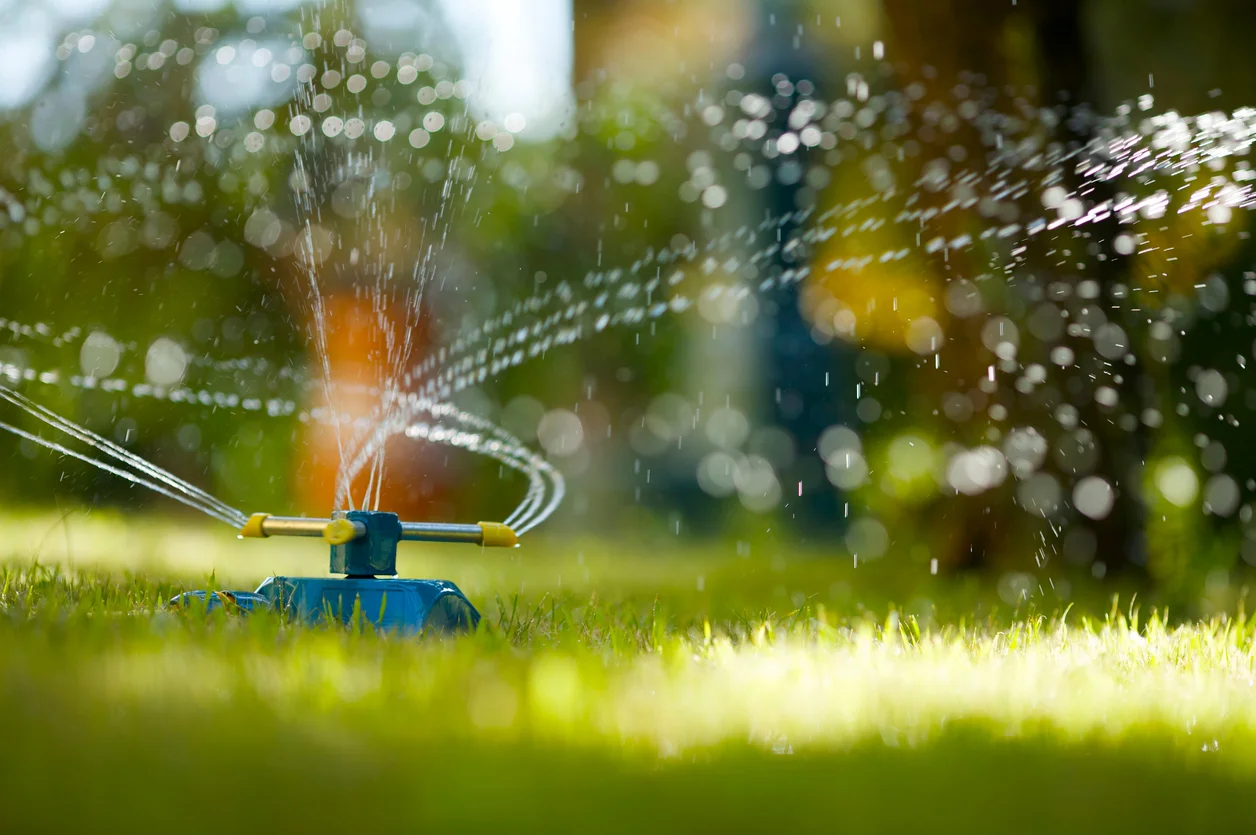
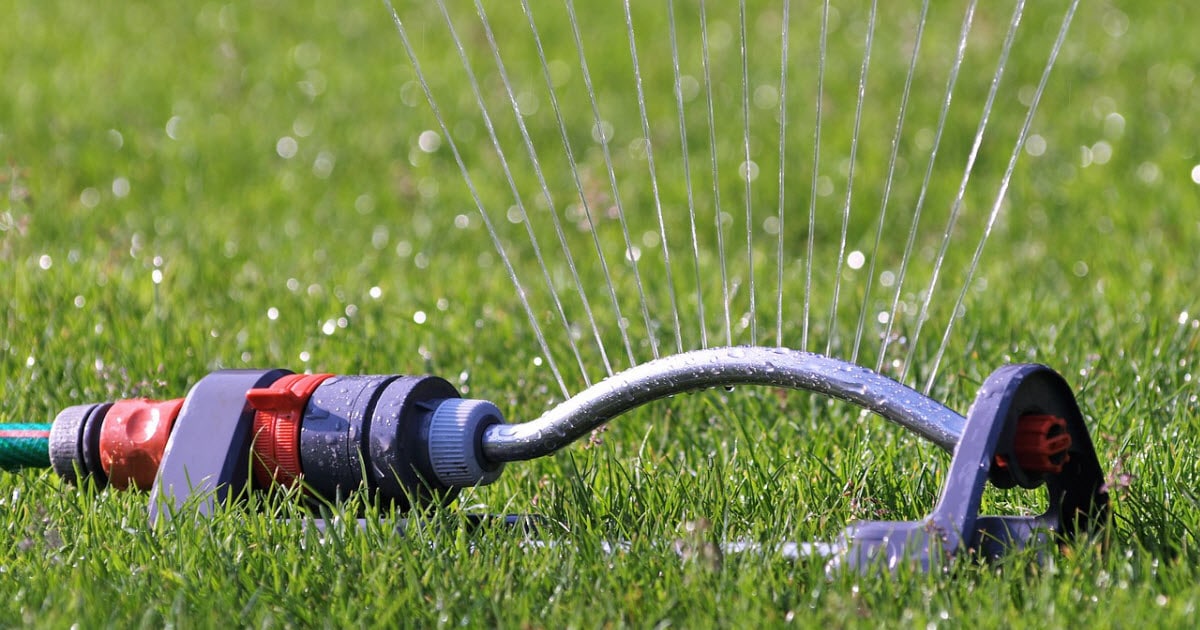
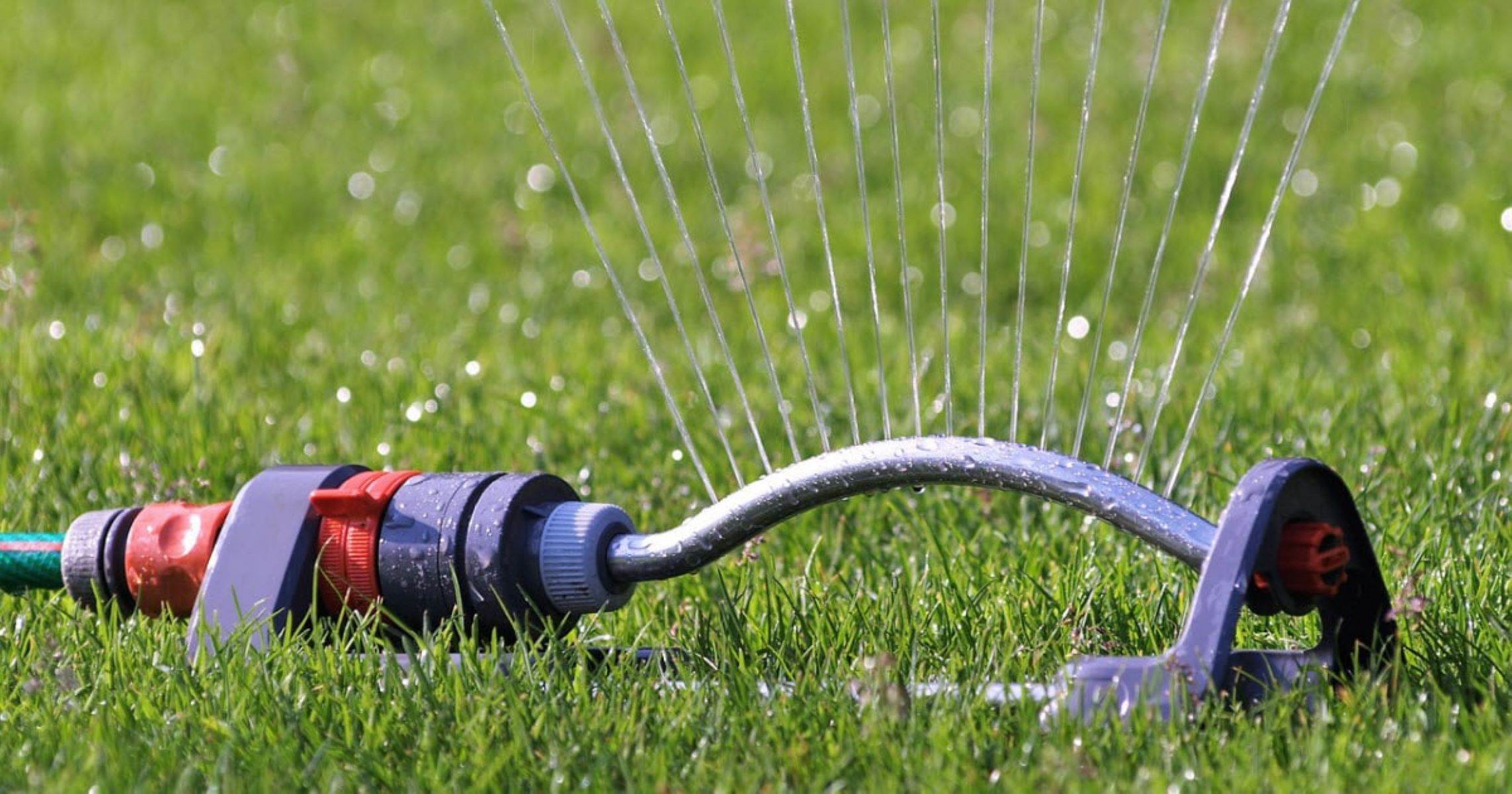
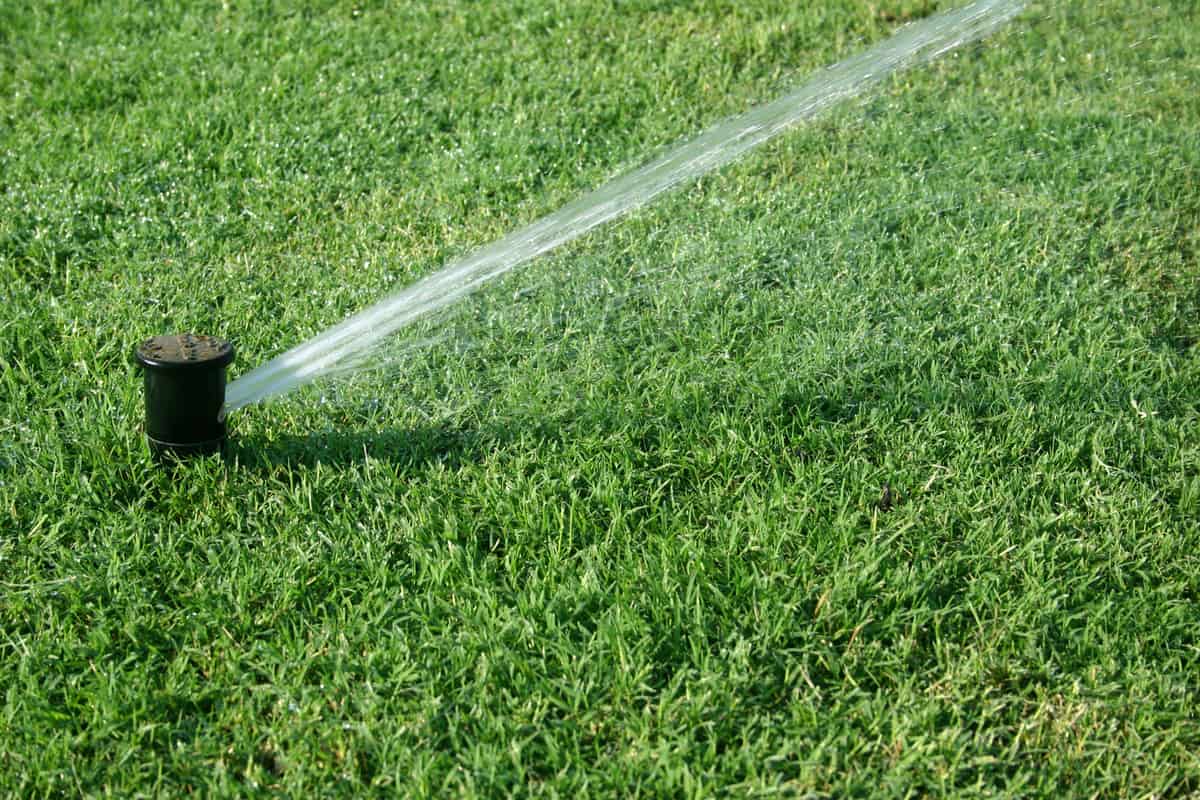
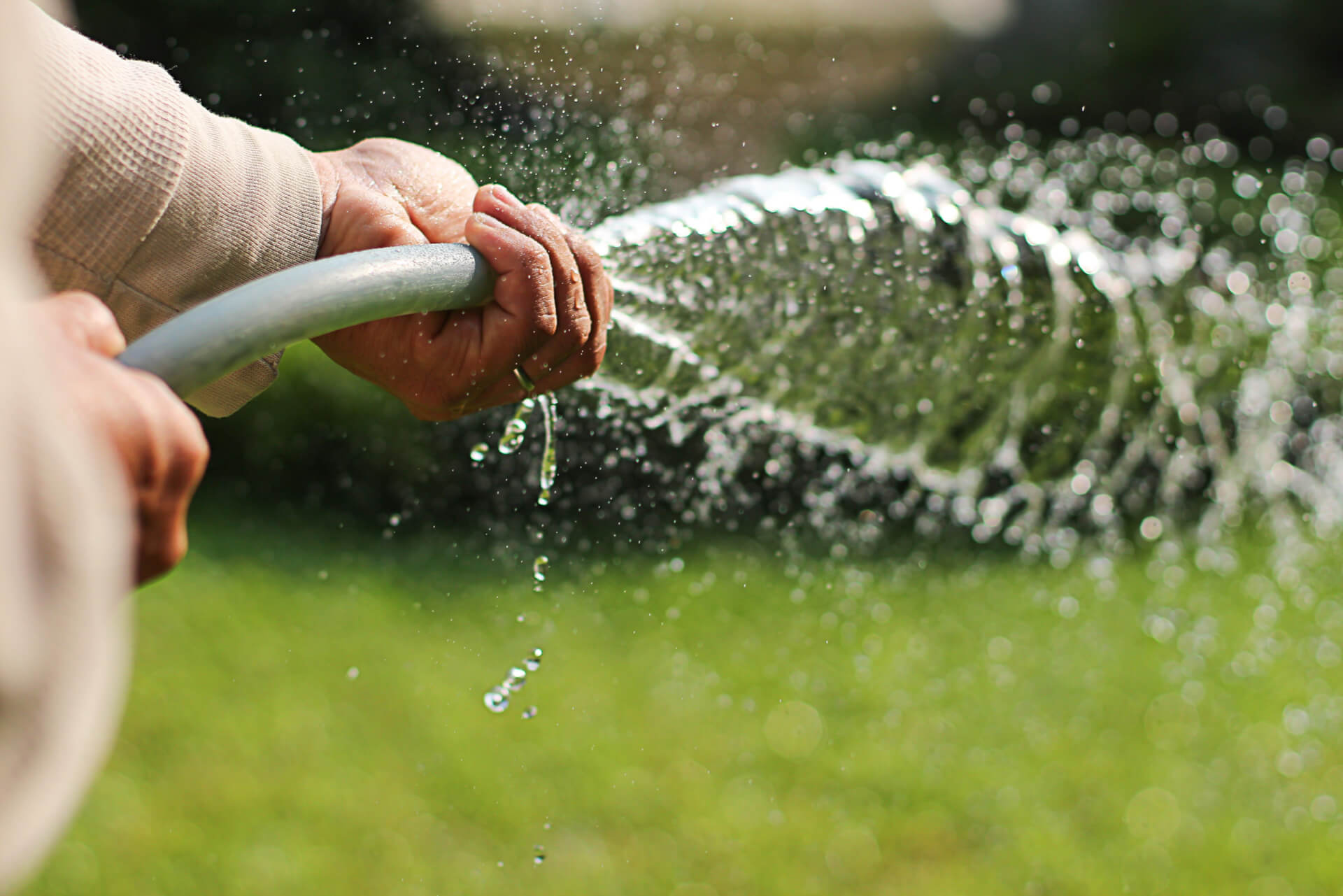
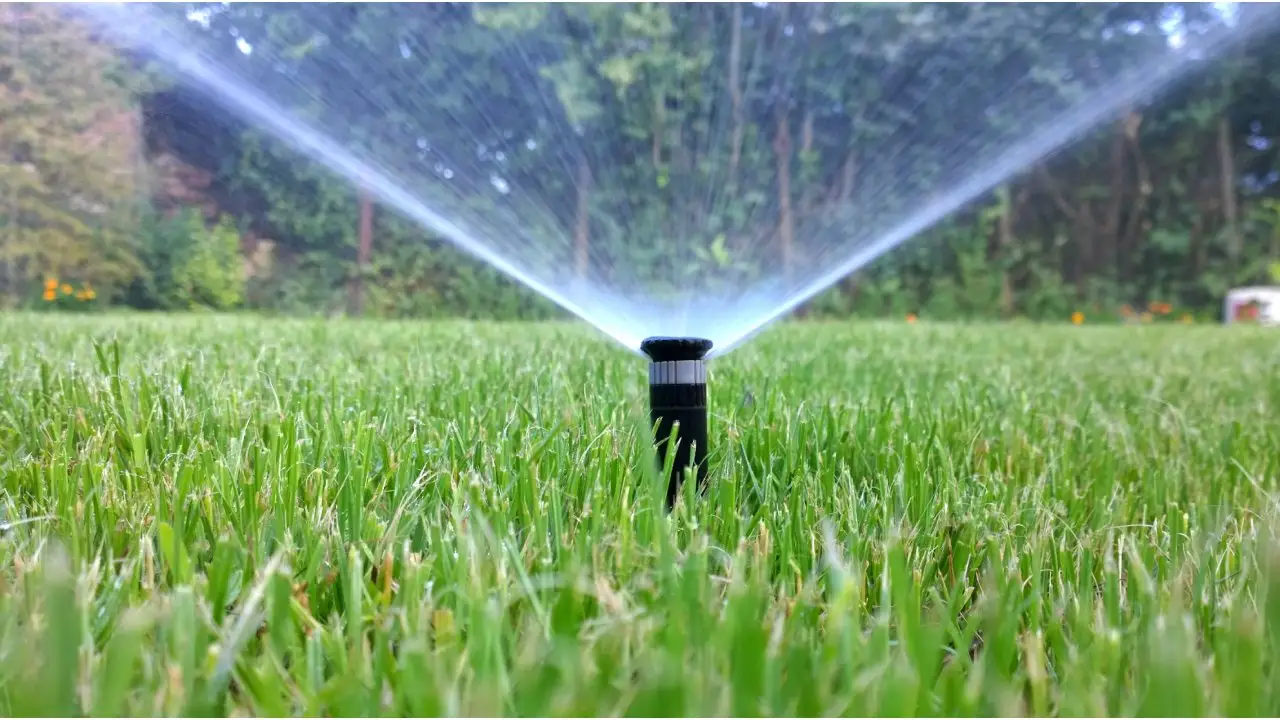
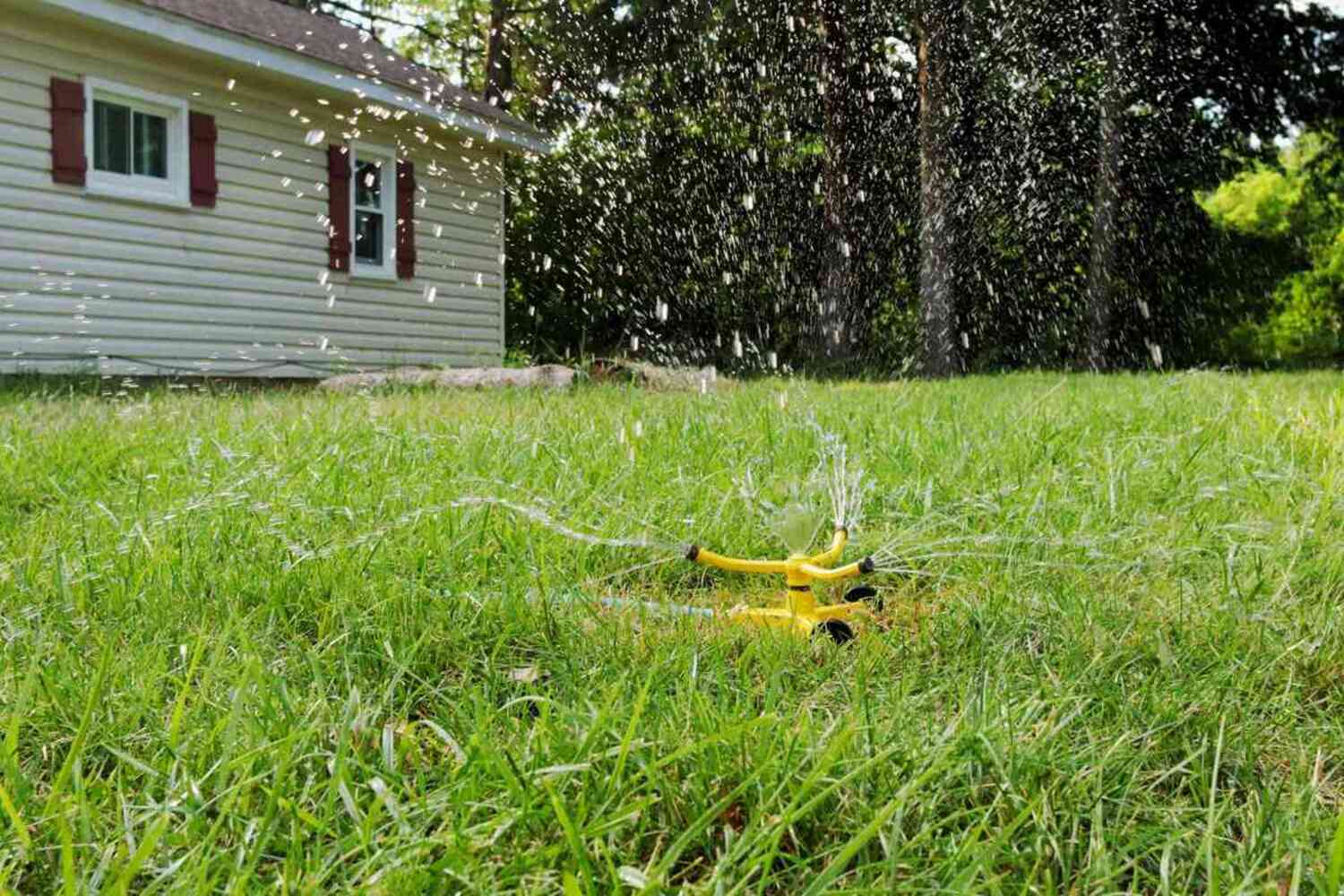
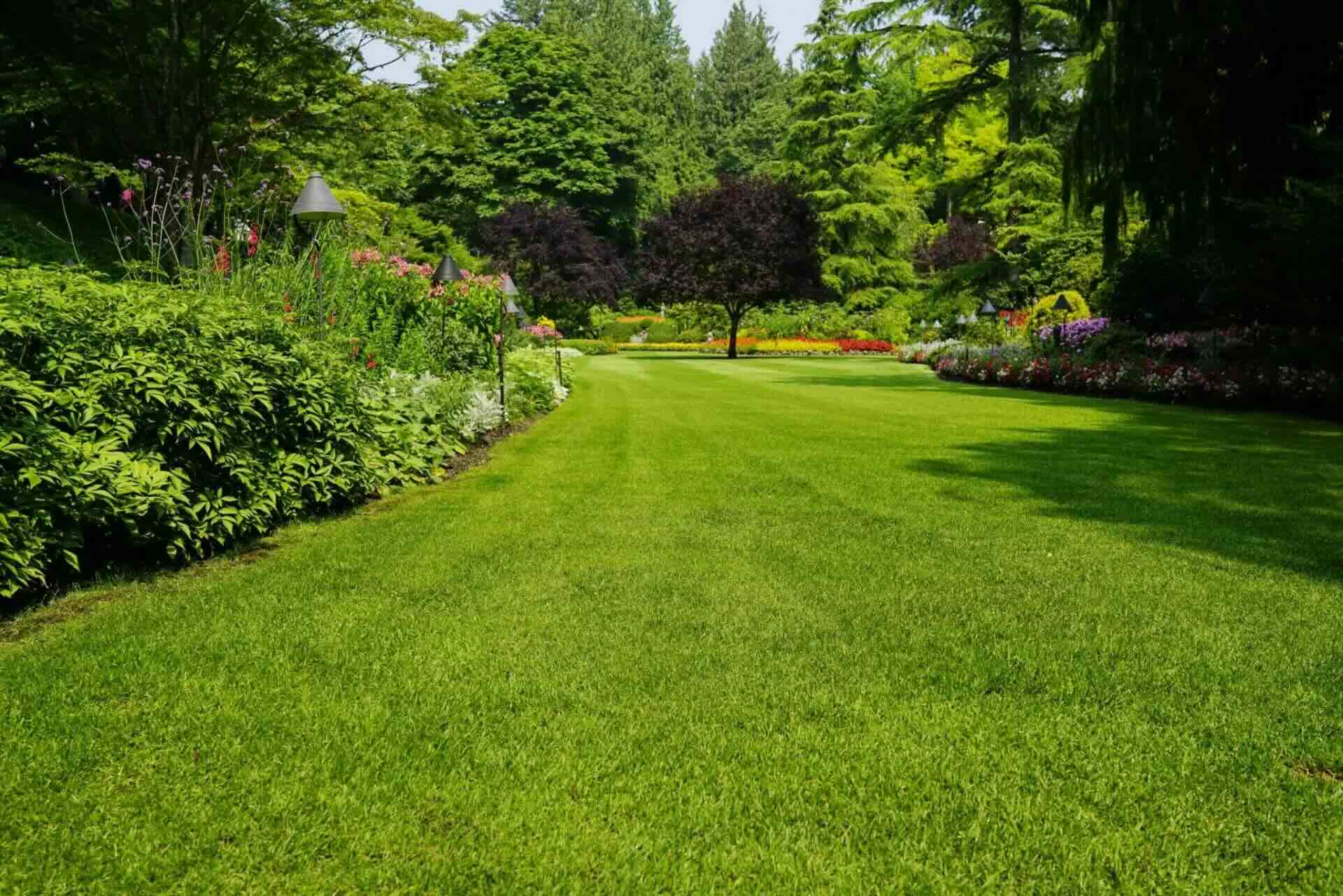
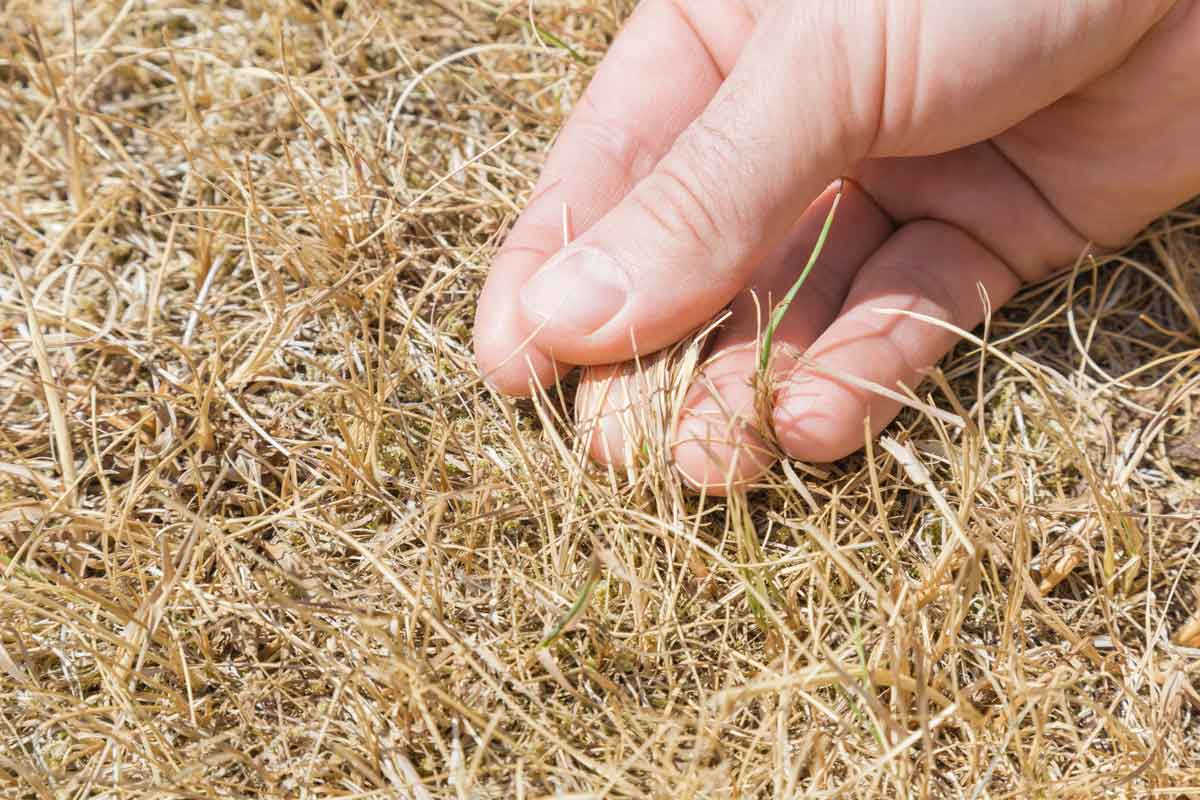
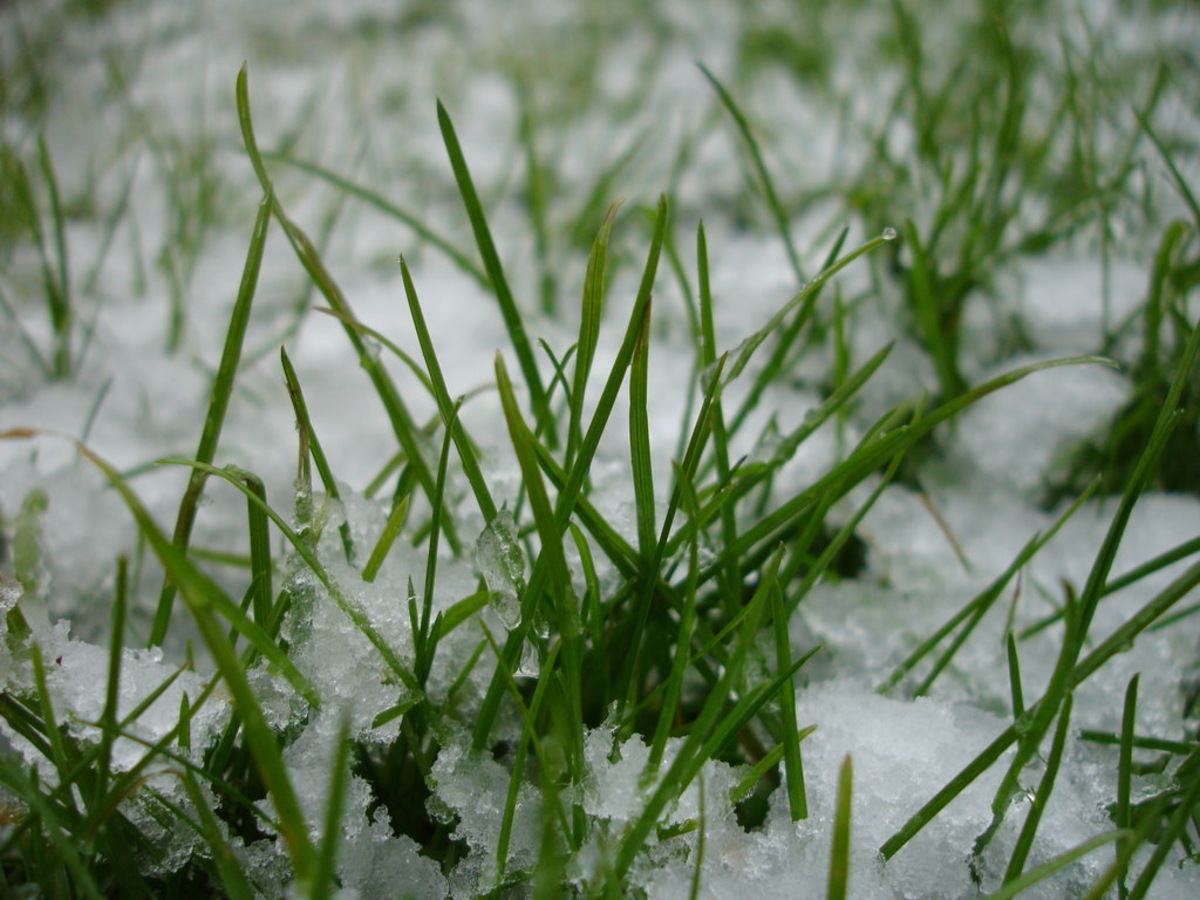
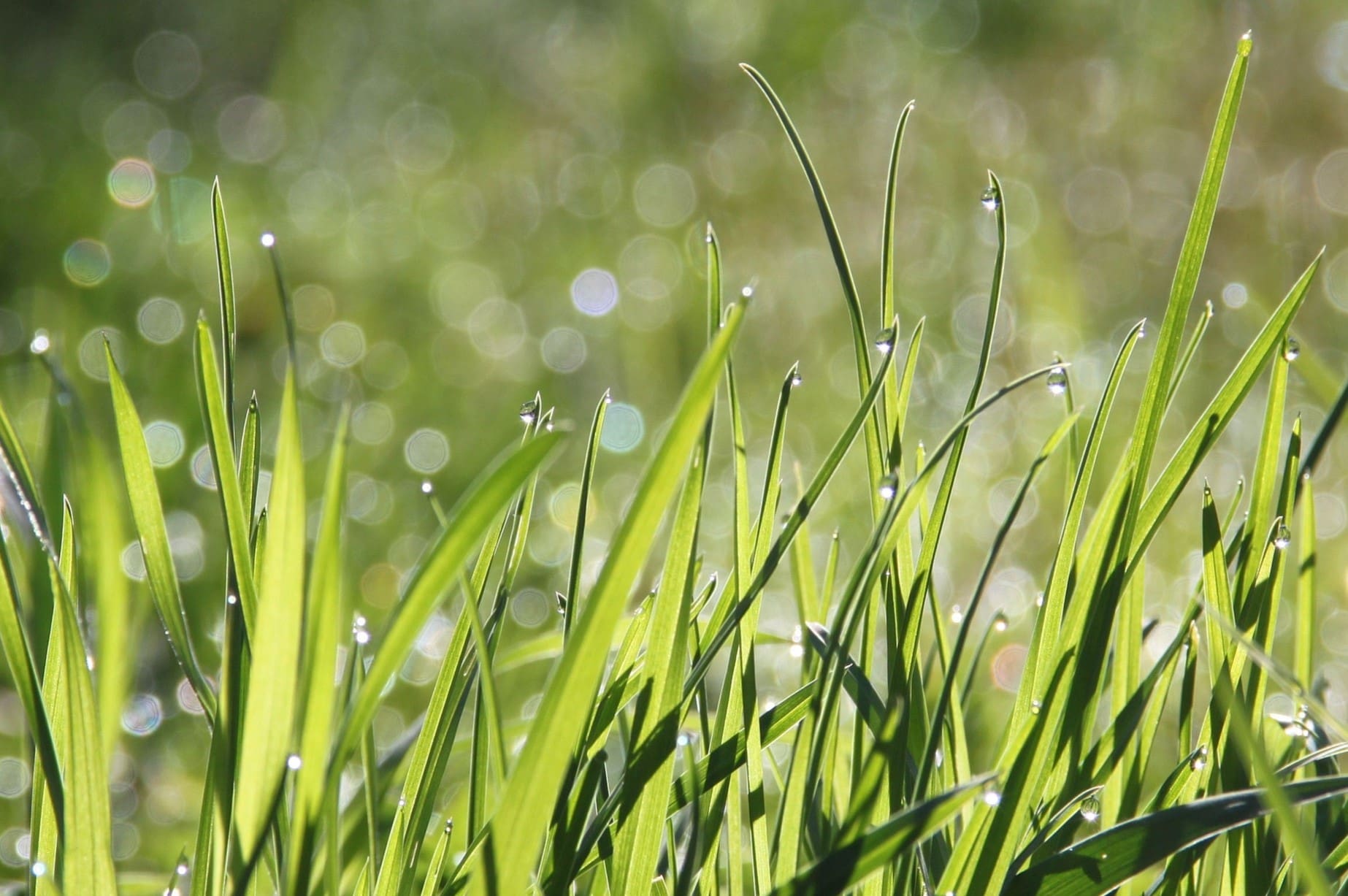

0 thoughts on “How Long To Water My Grass In The Summer”